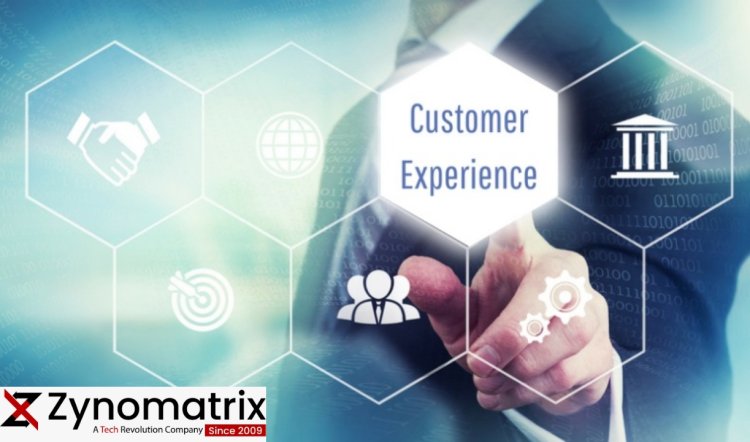Customer Experience in the Digital Era: How IT Companies Can Drive Engagement and Loyalty
This blog post will explore strategies that IT companies can implement to enhance customer engagement and foster long-term loyalty in the digital era. It will emphasize the importance of understanding customer needs and expectations through research and personal development. The post will also highlight the significance of seamless omnichannel interactions, including responsive websites, multichannel support, and integrated systems to provide a consistent customer experience. Personalization and customization will be discussed as essential elements of driving customer engagement. The utilization of customer data, self-service options, and customizable solutions will be presented as effective strategies to cater to individual customer requirements.

Introduction:
In today's digital landscape, providing an exceptional customer experience has become a key differentiator for IT companies. As technology continues to advance, customers expect seamless interactions, personalized solutions, and timely support. In this blog post, we will explore strategies that IT companies can employ to drive customer engagement and foster long-term loyalty in the digital era. In the rapidly evolving digital landscape, providing an exceptional customer experience has become a critical focus for IT companies. Today's customers have higher expectations than ever before, seeking seamless interactions, personalized solutions, and timely support. In this blog post, we will explore strategies that IT companies can employ to drive customer engagement and foster long-term loyalty in the digital era.
Understand Customer Needs and Expectations:
To deliver a superior customer experience, IT companies must have a deep understanding of their customers' needs, pain points, and expectations. This can be achieved through:
- Customer Research: Conduct surveys, interviews, and feedback analysis to gather insights into customer preferences, challenges, and desired outcomes. Use these findings to tailor products, services, and support to meet customer expectations.
- Persona Development: Create customer personas that represent different segments of your target audience. These personas can help you customize your offerings and communication strategies to resonate with specific customer groups.
Seamless Omnichannel Interactions:
In the digital era, customers engage with IT companies through multiple channels, including websites, social media, email, and chatbots. To provide a consistent and seamless experience across these channels:
- Responsive Websites: Ensure that your website is mobile-friendly and optimized for different devices. Make it easy for customers to find information, make purchases, and access support.
- Multichannel Support: Offer customer support through various channels, such as live chat, email, phone, and social media. Implement a ticketing system to track and manage customer inquiries effectively.
- Integrated Systems: Integrate your customer relationship management (CRM) system with other tools and platforms to provide a unified view of customer interactions. This enables a seamless handover between channels, allowing customers to pick up where they left off without repeating information.
Personalization and Customization:
Customers expect personalized experiences that cater to their unique needs. IT companies can achieve this through:
- Data Utilization: Leverage customer data to understand their preferences and behavior. Use this information to deliver targeted recommendations, personalized content, and tailored offers.
- Self-Service Options: Empower customers with self-service tools, such as knowledge bases, FAQs, and video tutorials. This allows customers to find solutions independently and at their convenience.
- Customizable Solutions: Offer flexible solutions that can be customized to meet specific customer requirements. Provide options for configuration, add-ons, or modular components that allow customers to tailor the product or service to their needs.
Proactive Support and Timely Communication:
IT companies can enhance customer engagement by providing proactive support and maintaining open lines of communication:
- Proactive Monitoring: Implement monitoring systems to identify and address potential issues before they impact customers. Proactively reach out to customers if you detect any anomalies or foresee any disruptions.
- Timely Updates: Keep customers informed about product updates, new features, and any service interruptions. Use various communication channels, such as email newsletters, blog posts, or in-app notifications, to ensure customers stay informed.
- Customer Success Management: Assign dedicated customer success managers who can serve as a point of contact for customers. These managers can provide proactive guidance, address concerns, and ensure customers maximize the value they receive from your products or services.
Continuous Improvement and Feedback:
To drive customer loyalty, IT companies must continuously seek feedback and strive for improvement:
- Customer Surveys: Regularly conduct customer satisfaction surveys to gauge the effectiveness of your customer experience efforts. Use the feedback to identify areas for improvement and prioritize initiatives.
- Agile Iterations: Adopt an agile approach to product development and service delivery. Continuously gather customer feedback and iterate on your offerings.
What's Your Reaction?





















